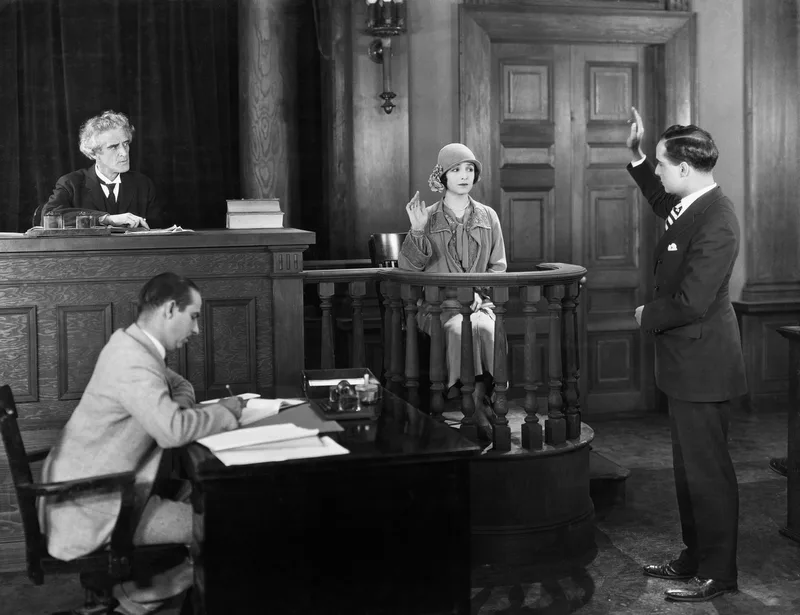Irving Younger’s 10 Commandments – Cross Examination – Chapter Seven
1. Be Brief
Be brief, short and succinct. Why? Reason 1: chances are you are screwing
up. The shorter the time spent, the less you will screw up. Reason 2: A
simple cross that restates the important part of the story in your terms is more
easily absorbed and understood by the jury. You should never try to make
more than 3 points on cross-examination. Two points are better than three
and one point is better than two.
2. Use Plain Words
The jury can understand short questions and plain words. Drop the 50 dollar
word in favor of the 2 dollar word. “Drive your car” instead of “operate your
vehicle.”
3. Use Only Leading Questions
The law forbids questions on direct examination that suggest the answer.
The lawyer is not competent to testify. On cross-examination the law permits
questions that suggest the answer and allows the attorney to put his words in
the witnesses’ mouth. Cross-examination, therefore, specifically permits you
to take control of the witness, take him where you want to go, and tell your
important point to the jury through the witness.
Not asking controlled leading questions leaves too much wiggle room. What
happened next? I would like to clear up a couple of points you made on
direct? These questions are the antithesis of an effective cross-examination.
Any questions which permit the witness to restate, explain or clarify the direct
examination is a mistake.
You should put the witness on autopilot so that all of the answers are series
of yes, yes, yes!
4. Be Prepared
Never ask a question that you do not know the answer to. Cross is not a
fishing expedition in which you uncover new facts or new surprises at the trial.
5. Listen
Listen to the answer. For some, cross-examination of an important witness
causes stage fright; it confuses the mind and panic sets in. You have a hard
time just getting the first question out, and you’re generally thinking about the
next question and not listening to the answer.
6. Do Not Quarrel
Do not quarrel with the witness on cross-examination. When the answer to
your question is absurd, false, irrational contradictory or the like; Stop, sit
down. Resist the temptation to respond with “how can you say that, or how
dare you make such an outrageous claim?” The answer to the question often
elicits a response, which explains away the absurdity and rehabilitates the
witness.
7. Avoid Repetition
Never allow a witness to repeat on cross-examination what he said on direct
examination. Why? The more times it is repeated, the more likely the jury is
to believe it. Cross-examination should involve questions that have nothing to
do with the direct examination. The examination should not follow the script
of the direct examination.
8. Disallow Witness Explanation
Never permit the witness to explain anything on cross-examination. That is
for your adversary to do.
9. Limit Questioning
Don’t ask the one question too many. Stop when you have made your point.
Leave the argument for the jury.
10. Save for Summation
Save the ultimate point for summation. A prepared, clear and simple leading
cross-examination that does not argue the case can best be brought together
in final summation.
of Litigation Monograph Series, No. 1, published by the American Bar
Association Section on Litigation, from a speech given by Irving Younger at the
ABA Annual Meeting in Montreal Canada in August of 1975.





